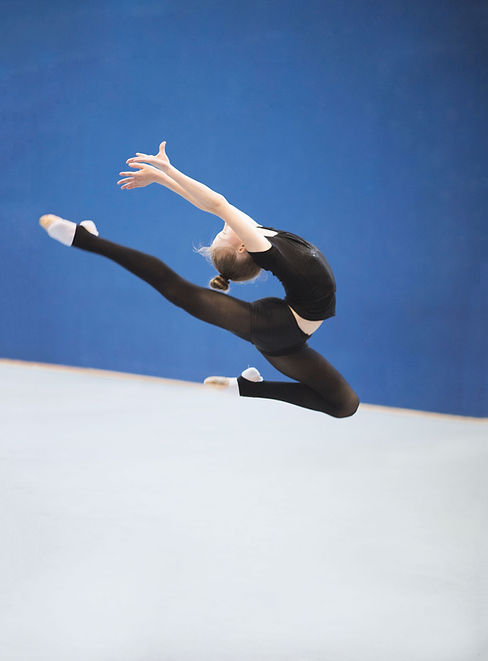
Spondylolysis
Pars interarticularis fracture
What is it?
Spondylolysis is also known as a Pars defect or a Pars Interarticularis Fracture. Basically, it is a type of stress fracture that occurs in the lumbar spine and is a common cause of low back pain, mainly among young athletic boys and girls
It occurs at an area called the Pars interarticular which is a small length of bone that joins the facet joint of one vertebrae to the vertabrae below it. The pars defect is a fracture in the bone segment that connects the facet joints and if they become separated it is known as a spondylosis. A pars Ineraticularis injury ranges from bone stress and pars fracture (spondylolysis) to spondylolisthesis (vertebrae slipping forward).
It is most common in sports that require repeated hyperextension such as gymnastics, weight lifting, Tennis, and Cricket. Pain is normally felt after lumbar spine extension or rotation and can gradually become worse over time. If a pars injury is suspected from the history and physical examination, radiographic studies are the next step. Diagnosis can be confirmed through X-ray or MRI or other imaging such as CT. and review by an Orthopedic consultant.


Signs and Symptoms
Your child may start to complain of some lower back pain that can be either left or right side or even both, especially after activity. The area of pain may be localized and not spread. Very often the child can point to the specific location of pain. The pain may be significantly worse after exercise or activity and feel better after a period of rest.
The main symptoms we see are:
-
Pain worsens with or after activity and even standing or lying on the front.
-
May be limited in movement of the spine.
-
Pain when leaning back ( into extension)
-
May feel stiffness in the back.
-
May occasionally feel discomfort radiating into the gluteals or legs.
-
More rare but can cause some numbness or tingling in the legs
If a child has any of these symptoms they should be reviewed by a healthcare professional
Back to Children's Physiotherapy, Home
Treatment and intervention
Treatment is normally conservative as pain is due to repetitive loading thus rest and activity modification can help reduce symptoms and pain. Rest is normally prescribed as the injury can resolve fully with adequate rest and physiotherapy rehabilitation.
Physiotherapy intervention consists of strengthening the muscles in your back and core area. This is to help reduce the increased load on the areas and build some support around the injury site. Exercises prescribed have to be very specific for the individual as there are different levels and grading of injury and should not be attempted at home unless you have been prescribed them first.
As you recover, you will gradually advance in a series of strengthening exercises for the abdominal and lower back muscles. Working these "core" muscles helps you move more easily and reduces the chances of future pain and problems.
If there is not the appropriate recovery or non-fusion of the fracture then an orthopedic review will be undertaken and in some severe cases, surgical intervention is required.
Back to Children's Physiotherapy, Home

Book an appointment or contact us
Recognized by all major Insurance Companies

